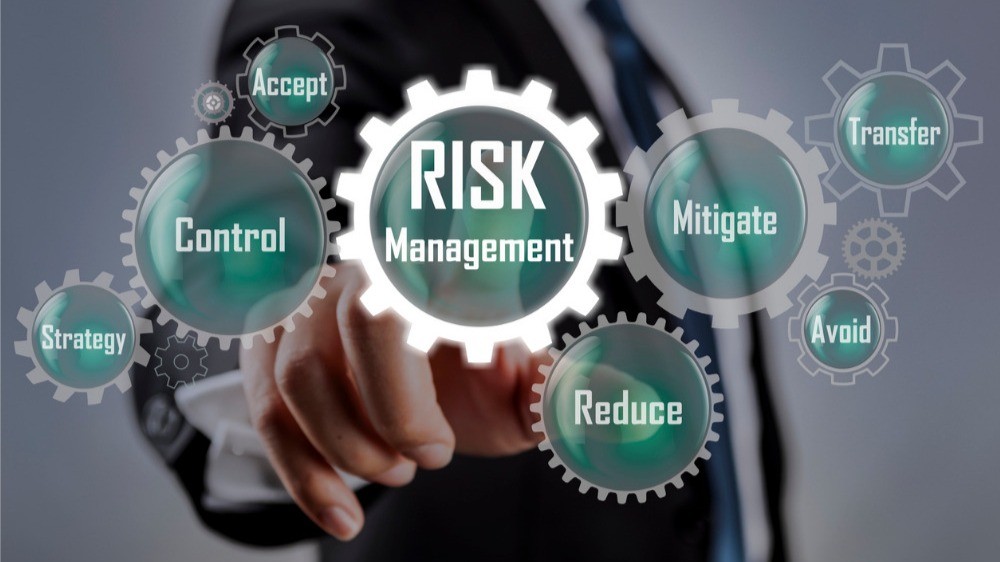The tech industry thrives on innovation, but with innovation comes a host of legal risks. From intellectual property disputes to data privacy issues, tech companies face unique challenges that can result in costly litigation if not handled correctly. By understanding potential risks and implementing preventive measures, you can safeguard your business’s reputation, finances, and long-term growth.
Understanding Legal Risks in Tech
Tech companies, whether startups or established enterprises, often operate in fast-changing environments. Rapid product development cycles, global customer bases, and reliance on third-party tools or platforms create exposure to legal risks, including:
- Intellectual Property (IP) Disputes: Competitors or former employees may challenge your rights to patents, trademarks, or copyrights.
- Data Privacy Violations: Non-compliance with regulations like GDPR, CCPA, or emerging AI governance laws can lead to fines.
- Contractual Disputes: Poorly drafted agreements with clients, suppliers, or developers can trigger legal battles.
- Employment Law Issues: Misclassification of workers, non-compete clauses, or harassment claims can damage your brand.
- Cybersecurity Breaches: A single data breach can lead to lawsuits, regulatory penalties, and loss of customer trust.
The Cost of Ignoring Legal Safeguards
Failing to address these risks early can lead to expensive litigation, reputational damage, and even business closure. In the tech space, litigation not only drains resources but can also stall innovation, deter investors, and delay product launches. That’s why implementing proactive measures to protect your business is critical.
Strategies for Proactive Legal Risk Management
Before diving into specific steps, it’s essential to understand that risk management in tech is not a one-off task; it’s an ongoing process that evolves alongside your products, markets, and regulations. The strategies below outline practical actions you can take to anticipate problems before they arise, strengthen compliance, and protect your intellectual and financial assets. These approaches also help build trust with investors, customers, and partners, creating a stronger foundation for long-term growth.
1. Protect Your Intellectual Property
Register patents, trademarks, and copyrights early in the product development cycle to secure your innovations before they hit the market. Go beyond basic registration by implementing internal policies that govern how employees and contractors handle IP. Conduct IP audits regularly to identify any unintentional infringement risks, ensure licensing agreements are current, and safeguard your proprietary technology from competitors.
2. Prioritize Data Privacy Compliance
Stay updated on global and local data protection laws to avoid costly fines and reputational damage. Appoint a Data Protection Officer (DPO) or work with legal counsel to develop comprehensive privacy policies, transparent user agreements, and secure data handling processes. Conduct periodic training for employees on privacy best practices, and run mock audits to prepare for regulatory inspections.
3. Embrace Proactive Legal Risk Management
Rather than waiting for disputes to arise, integrate legal reviews into every stage of your business operations. This includes vetting new products or services for compliance, revisiting contracts regularly to adapt to new laws, and ensuring your corporate structure supports sustainable growth. Document these efforts to show regulators, partners, and investors your commitment to compliance. Businesses that adopt proactive legal risk management can better prevent costly disputes and maintain operational stability.
4. Draft Strong Contracts
Work with experienced legal professionals to create clear, enforceable contracts with clients, partners, and employees. Include clauses covering dispute resolution, jurisdiction, liability limitations, and intellectual property ownership. Review and update contracts periodically to reflect changes in business operations, industry standards, and applicable laws.
5. Conduct Regular Legal Audits
Schedule periodic reviews of your company’s legal standing to catch issues early. This includes assessing contracts, licenses, employment policies, and regulatory compliance. Use audit findings to update internal procedures, close compliance gaps, and strengthen overall governance.
6. Invest in Cybersecurity
Integrate cybersecurity into your legal risk strategy by aligning IT safeguards with legal compliance requirements. Deploy multi-layered security systems, conduct penetration tests, and maintain up-to-date incident response plans. Ensure your practices meet recognized standards like ISO/IEC 27001, and verify that contracts with vendors include robust data protection clauses.
Emerging Legal Trends in Tech
The legal landscape in technology is constantly evolving. New AI regulations, cross-border data transfer rules, and stricter cybersecurity compliance requirements are on the horizon. Laws governing blockchain, cryptocurrency, and decentralized applications are also developing rapidly, and companies that adapt early will avoid penalties. Keeping an eye on global policy shifts can help tech leaders anticipate changes before they become costly compliance issues.
Quick-Reference Legal Risk Management Checklist
For busy founders and tech leaders, having a simple reference point can make legal risk management far more actionable. This checklist distills the key takeaways from the strategies above into quick, practical steps you can review regularly with your team. Whether you’re conducting a quarterly audit or preparing for rapid expansion, these points can help ensure nothing important falls through the cracks.
- Secure IP rights early and review them regularly.
- Ensure contracts are clear, enforceable, and updated.
- Monitor and comply with data protection regulations.
- Conduct regular legal and cybersecurity audits.
- Train employees on compliance and data security.
- Stay informed on emerging tech laws and regulations.
Leveraging Legal Counsel Early
Many tech companies wait until they face a lawsuit to consult legal experts. Instead, building a relationship with a legal team early can help you navigate complex regulations, draft robust agreements, and respond quickly to emerging threats. Law firms specializing in tech can also provide industry-specific insights to protect your intellectual property and maintain compliance.
Building a Culture of Risk Awareness
Legal risk management shouldn’t be confined to the legal department. Educate employees on compliance protocols, intellectual property handling, and data security best practices. A culture of awareness ensures that everyone in your organization plays a role in reducing risk.
Final Thoughts
In the competitive tech sector, legal disputes can derail even the most promising ventures. By making proactive legal risk management a core part of your business strategy, you reduce the likelihood of litigation, strengthen investor confidence, and protect your ability to innovate.
Taking action now to identify and mitigate risks can mean the difference between scaling your business successfully and becoming mired in costly disputes.

































